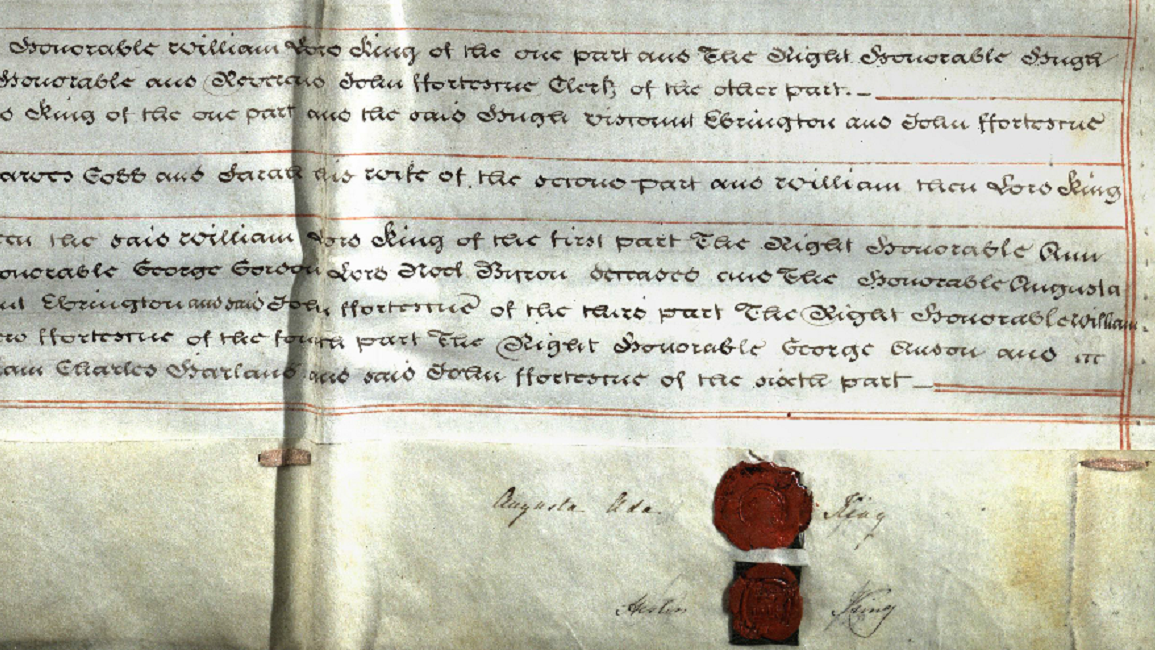The Network Rail archive is the custodian of a vast collection of historic documents and plans relating to today’s railway infrastructure.
It represents the development of the most significant structures, engineers and innovation on the railway from the 19th century to the present.
Each month we will delve into the archive to shine a light on the development of our network through the ages.
October: Ada Lovelace
October 8 is Ada Lovelace Day – a celebration of women’s achievements in science, technology, engineering and maths (STEM).
Named after computing pioneer Augusta Ada King, Countess of Lovelace, this international event aims to raise the profile of women in STEM, create more role models to encourage girls into related careers and support women already working in STEM.
Lovelace, born in 1815 and daughter of infamous poet Lord Byron, is best known for her work with inventor Charles Babbage on the analytical engine – a general purpose computing machine.
In our archive, we hold three property deeds signed by Lovelace, including this 1837 document for land between Esher and Surbiton railway stations in Surrey and Greater London respectively:
The land was owned by the previous Earl Lovelace Peter King and passed down to his son William King-Noel. Peter King died in 1833 and appointed a group of trustees to look after his affairs after he died to decided what to do with his land and estates. These were Ada Lovelace; William King-Noel (8th Earl of Lovelace); William Keppel (Viscount Barrington), Hon. George Matthew Fortescue and Hester King.
The land went on to become part of the London & South Western Railway (LSWR) mainline.
Women in STEM
We’re encouraging more women to explore STEM and pursue exciting career opportunities on the railway. This International Women in Engineering Day, we launched our flagship film, Just Like Me, to inspire girls and young women to consider roles in engineering.
Watch the film to hear why our passionate engineers love their jobs:




